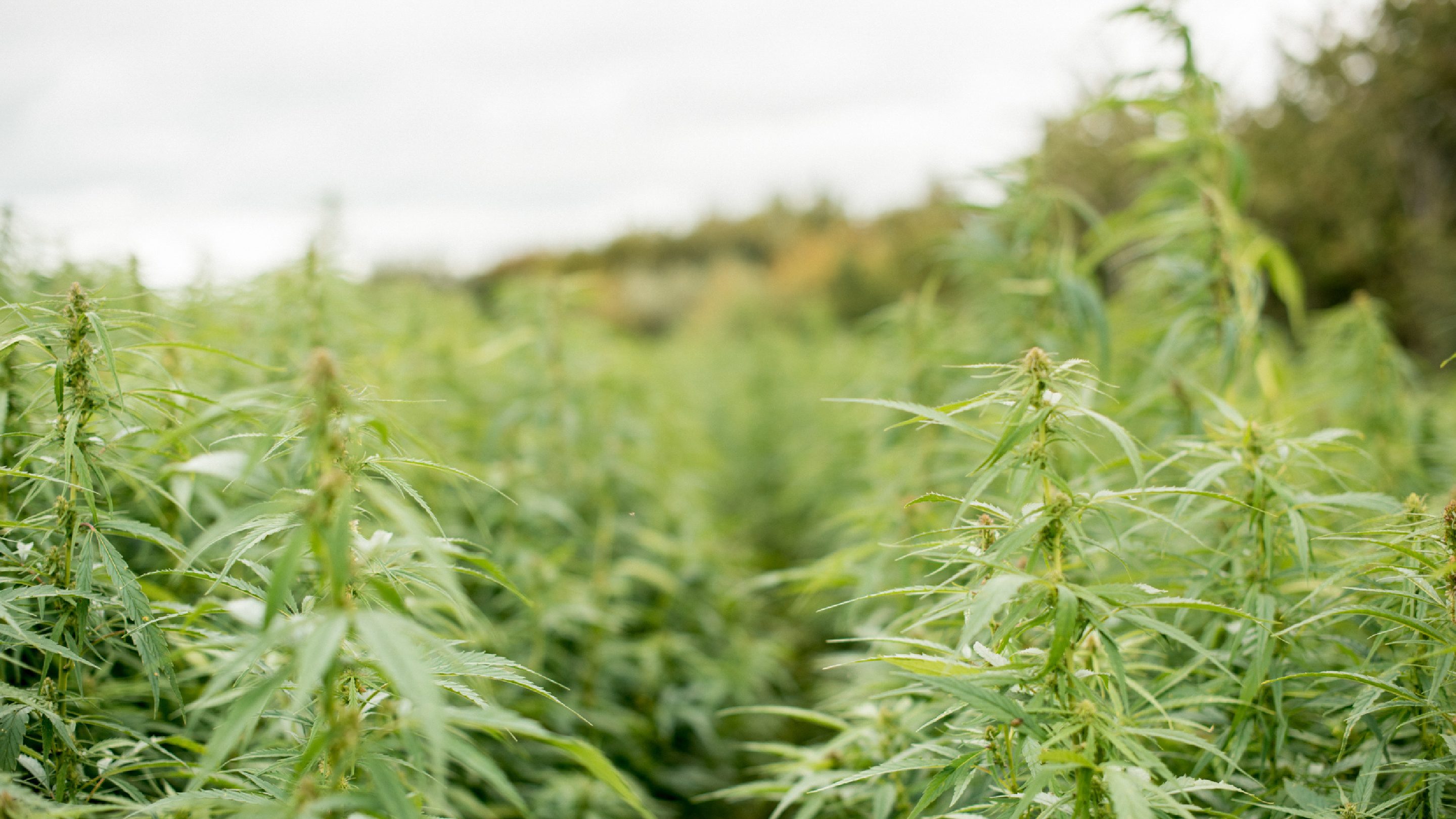7 Simple Steps to Cut Your Carbon Footprint
Did you know the carbon footprint of a cat is the same as a Volkswagen Golf? That emails and video streaming add to your greenhouse gas emissions?
As part of our #PledgeForGood campaign we’ve teamed up with ClimatePartner to create the Good Hemp Impact Report. It’ll take a look at the carbon footprint of our products and processes, and help us operate as efficiently as possible. But we also want to look at the ways we as individuals at Good Hemp can reduce our impact and hopefully get a few of you to join.
If you’re anything like us, you’re already recycling, wobbling on bikes and carrying a reusable coffee cup in your tote bag. But there are other sources of carbon emissions that fuel the climate crisis, that come from places that wouldn’t even cross your mind. Emails, washing machines and one our team at Good Hemp were particularly horrified to learn: pets. Let’s see what we can do about it shall we?
1. NO MORE THANK YOU EMAILS
1. We hate to be the bearers of bad news, but going paperless isn’t quite as green as it’s cracked up to be. The internet might be invisible, but the data centres that power it churn out more carbon emissions than the aviation industry. Every time we send an email, search online or stream a video, it goes through a chain of energy-hungry electronics.
On the bright side, there are simple ways to shrink our digital footprint, such as dimming screens (which also reduces eye strain – hooray), downloading Spotify playlists and bookmarking the sites you visit most. Need to search? We’ve switched our engines to Ecosia so you can fund the planting of trees as you browse. Don’t tell your boss we told you, but turning off your camera in a Zoom meeting is technically saving the planet.
2. UNPLUG
It’s not just humans that need to switch off every now and then. While we’re cutting back on emails, switching off electronics properly – many continue to use power even when on standby. It’s as straightforward as pulling the plug on the TV, kettle and chargers when you’re not using them. A fully powered-down laptop uses 65% less energy than simply shutting the lid. Making a cuppa with your tofu scramble? If everyone in the UK filled the kettle with just as much water as they need, we’d save enough energy to power half the country’s street lights for a year. We’ve appointed Ben, our Head of Brand as the guy who’s going to switch off everything at the end of the day. Thanks, Ben.
3. OUT WITH THE NEW WARDROBE
The fashion industry pumps out a whopping 10% of global carbon emissions, as much as France, Germany and the UK combined. While designers search for eco-friendly materials (biocouture is the new buzzword, FYI) you can reduce the carbon footprint of your wardrobe by scouring charity shops for second-hand clothes and getting them tailored with the new “deliveroo for clothing repairs” Sojo App. Phoebe from Good Hemp says shopping and selling via at Thrift+ and Depop (minus the drama) is another way to go. Been eyeing up your friend’s jeans? Convince them to do a clothes swap, because looking good shouldn’t cost the Earth.
4. WASH YOUR CLOTHES AT 30°C / COOL DOWN YOUR LAUNDRY CYCLE
If you’re washing and drying laundry every couple of days, you’ll rack up as much carbon dioxide in a year as a return flight from London to Glasgow – including car rides to the airport. Ditch the dryer and switch from 40°C to 30°C to reduce your energy use by a third. It cleans just as well and knocks a few pounds off your utility bills. Win, win. Barney from our sales team is going to give this a try – we think he’ll smell just as fresh.
5. RETHINK FOOD WASTE
If food waste was a country, it would be the third-highest emitter of greenhouse gasses after China and the US. It’s pretty hard to digest, but making a shopping list and using up leftovers can help tackle the problem. How you throw away kitchen scraps also matters, because fruit and veg rotting in landfill produces methane, a gas far nastier than carbon dioxide. Set up your own compost bin (throwing in a few worms speeds up the process) or check online for community food-waste schemes. For more ideas, we’ve pulled together tips on fighting food waste at home.
6. THE ELEPHANT IN THE ROOM…
Okay, you might not have an elephant at home, but there’s a chance you have a cat or dog. We’re not going to tell you to get rid of man’s best friend, but changes to pets’ diets can help the planet as much as overhauling what humans eat. Pets consume about a fifth of the world’s meat and fish, contributing a carbon pawprint bigger than the Philippines’ emissions. Dogs do fine on a vegan diet, but cats need some meat (say the vets). Try cooking food at home to cut down on packaging, bulk out meals with veggies and, when meat is a must, befriend your local butcher for offcuts that humans don’t want.
7. CHOOSE HEMP
Hard-working hemp sequesters four times more carbon dioxide than trees, regenerates soil and makes great hidey holes for wildlife between its tall plants. But did you know that hemp also makes more than 25,000 products, including batteries and surfboards?! It’s a zero-waste champion. Seeds can be used for protein-packed salad toppers and golden oil for drizzling, its flowers and leaves go into beauty products and CBD, and its stalks make naturally strong fibres minus any of the pesticides needed for cotton and flax. Hemp gets one up on other non-dairy milks too, because unlike thirsty soya and almond plants, it doesn’t need much water to grow.


